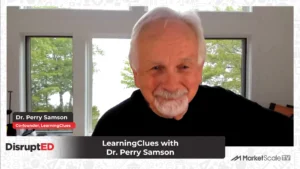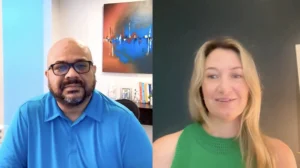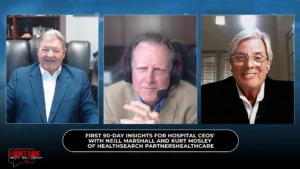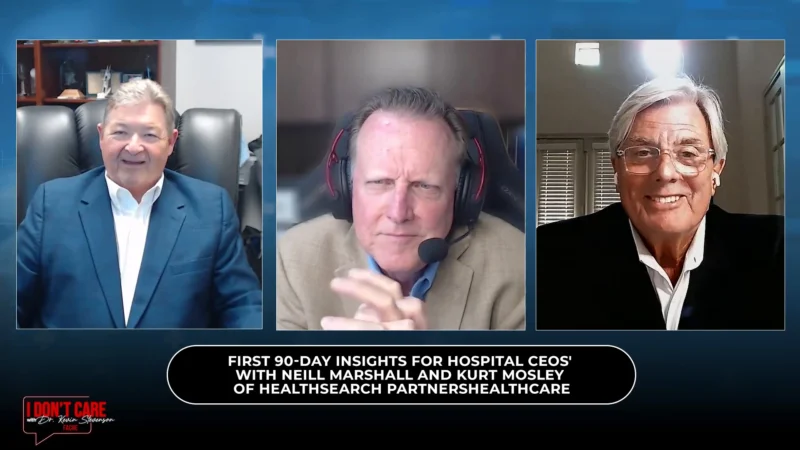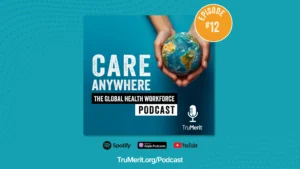Rethinking Healthcare Advertising: From Boring to Branding

Each passing year sees the healthcare industry spend more on marketing and advertising, totaling $9.7 billion in 2015. Despite the relatively large budget, the campaigns and advertisements that emerge are generally not particularly innovative and often downright boring. What’s causing the creative fuse to break in healthcare advertising? And how can creative professionals, pharmaceutical companies, and pharmacies work against this habit?
Healthcare advertising is subject to heavy regulation, which pushes the advertising creative into a corner from the get-go. The subject matter is also usually technical and serious, with the goal of curing and increasing the quality of life of patients in need. Therefore, the terms B2B and B2C are no longer useful, and healthcare’s unique predicament demands a new category with all that entails: new marketing language, motivations, KPIs, and concepts.
The key is to address the emotional element in healthcare, as doctors aren’t just purely rational actors with a prescription pad. Infusing brochures, product launches, and conferences with human emotion can create a connection in doctors that will increase brand exposure when a patient in need comes through the door.
When patients do come through the door, they are in need of medicine and in the market. Healthcare marketers need to understand this consumer behavior that no one looks for a medication unless they’re sick, and so long-term brand recall is essential. Studies show that doctors both feel added pressure to prescribe certain drugs when patients saw them in DTC advertising. To achieve this long-term recall, a strong move is to break the fourth wall. This old theatre technique bypasses the standard, drab conversation in healthcare to address consumers as they are: people.
Healthcare advertising is a delicate balance, but by shifting the perspective on marketing only slightly, campaigns can stand out and achieve record results.


